Judging from the stock market’s reaction, banks should become more profitable with Donald Trump’s election. Bank stocks have surged with the index of financials rising about 18 percent since the election.1 The narrative is that Trump’s election will result in a profitable combination of a steeper yield curve for interest rates and a reduction in regulation accompanying a roll-back of the post-Dodd-Frank-get-tough approach to bank regulation. Bankers themselves are more cautious, with good reason, seeing a lot of uncertainty ahead. Donald Trump’s position on bank regulation while running for office was contradictory and contained elements of the anti-bank populist sentiment that rose in the wake of the financial crisis.
As a candidate, Trump veered between arguing, on the one hand, that banks were over-regulated while, on the other hand, calling for the reinstatement of Glass-Steagall regulation (an idea that was inserted into the Republican party platform at his request). His nominee for Treasury Secretary, Steve Mnuchin, has been critical of certain elements of Dodd-Frank, namely the Volcker Rule, but has stopped short of calling for repeal, which is the position of the Republican Chairman of the House Financial Services Committee, Jeb Hensarling (R-TX). Another of Trump’s early White House appointments, Steve Bannon, has been sharply critical of large banks, expressing support for substantially increasing the leverage ratio, which would require the banks to hold more capital,2 and openly discussed breaking up the largest banks.
Repealing the Dodd-Frank Act completely could be difficult even if Congressional Republicans decide to try, as Democrats in the Senate would almost certainly filibuster such a move. But even without major legislative changes, Trump can have a big impact based on the people he appoints, because the Dodd-Frank legislation left regulators with a lot of discretion. The top financial regulatory post currently vacant is that of Federal Reserve Vice-Chairman for Bank Supervision and Regulation. The Chair of the SEC has announced her resignation and in April, the term of the CFTC Chairman will expire.3 Later this year, the terms of the Comptroller of the Currency and the Chairman of the FDIC will also expire. Trump’s choices for these positions will define his financial regulatory policy agenda for the first-year as these agencies will be where the rubber meets the road.
There are two main camps of people from whom Trump is likely to draw in filling these appointments. In one camp are those who believe that bank regulation and capital standards have swung too far in the wake of the financial crisis and the result has been a drag on bank lending. They will likely work to reduce total regulation, roll back rules, and relax requirements. The second camp does not necessarily disagree with the first camp on the premise that Dodd-Frank was too complex, but they judge that the answer is to require higher levels of capital (possibly much higher levels) and then let the banks decide how they should operate. Both camps view detailed regulations like the Volcker rule as being too burdensome. But those in the first camp would likely ease the capital surcharge currently being imposed on the largest banks, while those in the second camp might raise the leverage ratio high enough to reduce bank profitability, and perhaps force some large banks to sell off parts of their businesses, essentially breaking themselves up. Both camps agree that regulations should be eased on the smallest banks, something Trump has also supported.
Glass Steagall was passed in in 1933 following the wave of bank failures in the Great Depression, and it forced the separation of retail banks from investment banks and the business of insurance. It was effectively repealed in 1999 by the Gramm-Leach-Bliley legislation, signed by President Clinton, that allowed the formation of large banking groups such as Citi and JPMorgan Chase. If Trump wanted to force the issue of reinstatement as a way of breaking up the biggest banks, he could get support from some Democrats and Republicans. But neither his own economic team nor Congressional leaders appear to be in favor. We do not expect a successful push to reinstate Glass-Steagall.
One area where both camps may agree is a retrenchment from global coordination on financial regulation. Trump campaigned on the premise that America had entered into many global agreements which were not in our own best interest. Although global financial regulatory agreements, such as the Basel bank capital accords or the Financial Stability Board, were not expressly discussed, the same skepticism of those institutions may well apply. If institutions as fundamental as NATO for defense or trade agreements that have lasted multiple decades such as NAFTA are on the chopping block, there is no reason to think that financial regulatory deals would be spared.
We would love to see a broad bipartisan consensus to build on the existing system; make logical adjustments to the rules based on experience since Dodd-Frank was passed, and end up with a financial system that is both safer and more efficient. Unfortunately, we do not expect this to happen.
It is too soon to tell which road Trump will go down with his nominations. He could even go down both roads, by appointing individuals from differing camps to head different agencies. Meanwhile, the Republican Congress will likely explore ways to roll back Dodd-Frank, with some seeking to compromise with moderate Democrats while others deciding to force through changes with small majorities whenever legislatively possible.
In the meantime, the financial markets have spoken. Interest rates are higher, the yield curve is steeper, and bank equity value has risen sharply However, a single tweet from Trump could cause bank stocks to tumble, especially if he were reacting to a future Wells Fargo-like scandal.
Either repealing Dodd-Frank or reinstating Glass Steagall would be a tough sell. Instead, the best way to predict how financial regulation will unfold over the next four years, is to look at the people Trump nominates to head the important financial regulatory agencies.
-
Footnotes
- http://www.cnbc.com/2016/12/09/bank-stocks-the-companies-that-made-the-markets-records-highs.html
- The leverage ratio is the amount of regulatory capital relative to a bank’s total liabilities. The leverage ratio is seen as simple and easy to understand and some academics have found that the leverage ratio was the best predictor of bank failure in the crisis. The problem with the leverage ratio is that it gives an incentive for banks to boost their profitability by holding risky assets and minimizing their holdings of risk-free assets such as Treasury securities. Today, bank regulatory capital is determined by both but many view the binding constraint as the risk-weighted quantity of bank assets.
- For a full list of vacancies for financial regulators see: http://bipartisanpolicy.org/blog/trump-can-remake-most-financial-regulatory-agencies/
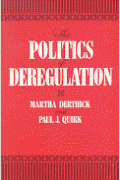
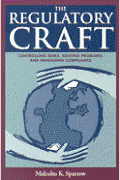
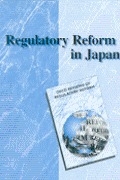
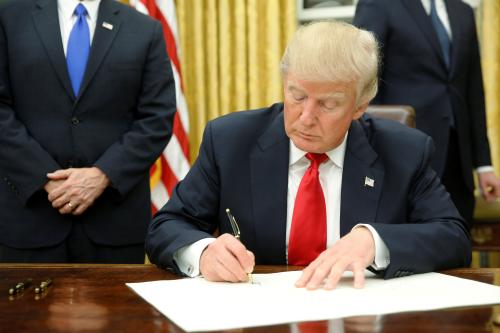
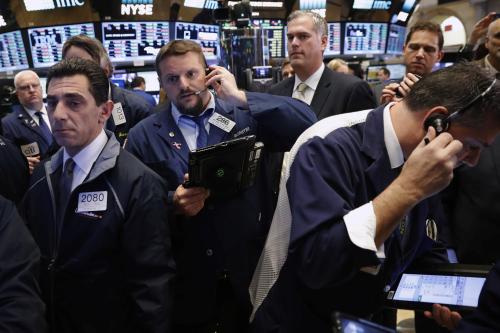
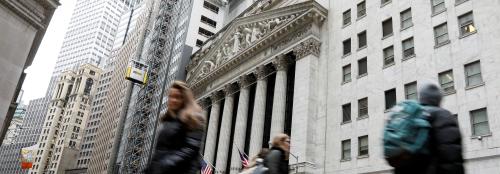

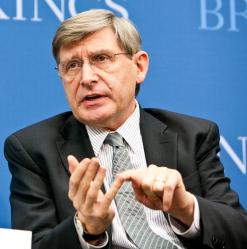
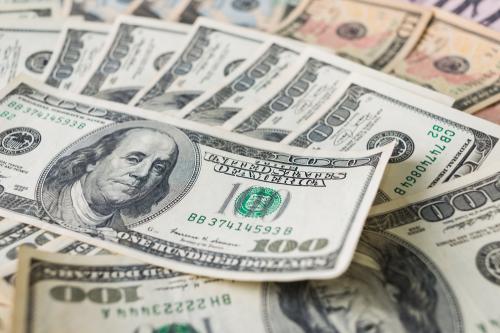
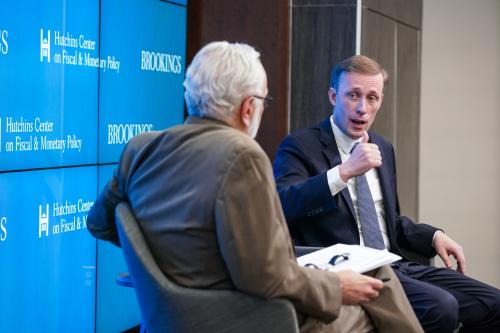
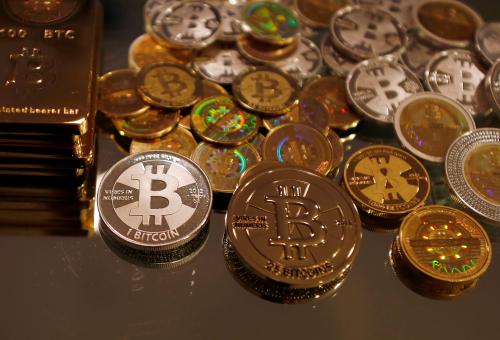
Commentary
Op-edThree key appointments will determine Trump’s financial regulation agenda
December 20, 2016